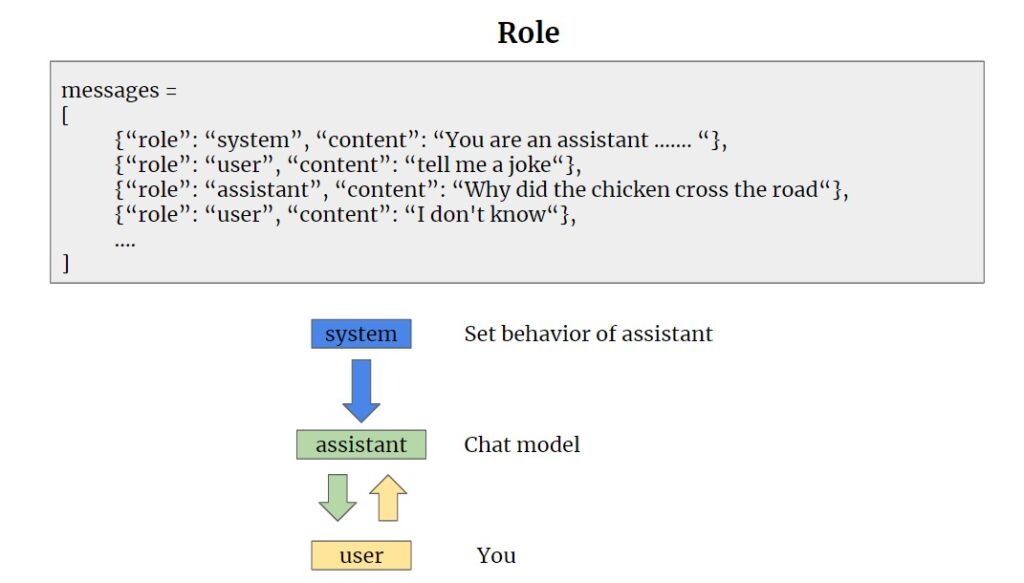The prompt pattern catalog aims to enhance prompt engineering with ChatGPT by providing a structured collection of prompt engineering techniques presented in pattern form. These patterns are designed to address common challenges encountered when conversing with large language models (LLMs) like ChatGPT, focusing on improving the outputs of LLM conversations. The catalog offers reusable solutions to problems faced in specific contexts, such as output generation and interaction dynamics with LLMs, ultimately aiming to optimize input, output, and interaction for various computational tasks. By combining multiple prompt patterns, users can create more complex prompts, enriching the capabilities of conversational LLMs.
The catalog not only documents prompt patterns but also explores the synergistic potential of combining patterns to create more sophisticated prompts, benefiting users in software development, document analysis, cybersecurity, and other domains where LLMs are utilized.
Prompt patterns can significantly enhance chatbot performance by providing structured, reusable approaches or templates that guide interactions with large language models like ChatGPT. These patterns play a crucial role in eliciting specific types of responses or actions from the chatbot, ultimately improving the quality and relevance of the generated outputs. By utilizing prompt patterns, users can streamline communication, enhance information retrieval, and facilitate complex problem-solving tasks with chatbots.
These patterns are designed to optimize engagements with chatbots by guiding users in crafting prompts that are clear, specific, and detailed, leading to more accurate and useful responses. Additionally, prompt patterns empower users to navigate various scenarios, from simple queries to more sophisticated interactions, enabling them to leverage chatbots effectively in both personal and business contexts, ultimately transforming chatbots into valuable allies in daily operations.
Some best practices for implementing prompt patterns in chatbot development include:
- Utilize the Persona Pattern: Assign the chatbot a specific persona or role, such as an “astronomer” or “financial advisor”, and have it perform tasks relevant to that persona. This helps customize the chatbot’s responses for the target audience.
- Craft Clear and Specific Prompts: Write prompts that are detailed, unambiguous, and guide the chatbot to provide the desired type of response, such as “Summarize the key points of…” or “List the steps involved in…”.
- Combine Multiple Prompt Patterns: Leverage the synergistic potential of combining different prompt patterns to create more sophisticated prompts and enhance the chatbot’s capabilities. For example, combining the Persona Pattern with the Visualization Generator Pattern.
- Continuously Refine and Expand the Prompt Catalog: As chatbot capabilities evolve, regularly review and update the prompt pattern catalog to ensure it remains relevant and effective. New patterns may emerge over time that can further optimize chatbot performance.
- Adapt Prompt Patterns to Different Domains: While the search results focus on software development and productivity, the prompt patterns are designed to be generalizable and applicable across various domains, from entertainment to cybersecurity.
- Provide Clear Instructions and Examples: When implementing prompt patterns in chatbot development, ensure that the instructions and examples are well-documented and easily accessible to developers, enabling them to effectively leverage the patterns.

Common mistakes to avoid when implementing prompt patterns
When implementing prompt patterns in chatbot development, it is crucial to avoid common mistakes to ensure the effectiveness and efficiency of the chatbot interactions. Here are some common mistakes to avoid:
- Requiring Too Much Text: Designing chatbots that necessitate excessive text input can deter users. It is advisable to use graphical user interfaces and graphical widgets instead of text whenever possible to enhance user experience.
- Not Using a Graphical UI: Neglecting the advantages of a graphical user interface can hinder the chatbot’s usability. Incorporating web views with custom graphics and graphical elements can improve the user experience and interaction dynamics.
- Giving Your Bot Too Much Personality: Overloading the chatbot with unnecessary personality traits can impede utility. While some personality is beneficial, excessive personality that interferes with functionality can detract from the user experience.
- Making Your Bot Too Scripted: Creating overly scripted chatbots can limit user engagement and adaptability. Balancing scripted elements with flexibility and responsiveness is essential to enhance user experience and satisfaction.
- Failure to Set User Expectations: Developing a chatbot without clearly setting user expectations can lead to frustration and disappointment. It is crucial to communicate the chatbot’s capabilities and limitations upfront to manage user expectations effectively.
By avoiding these common mistakes and implementing prompt patterns effectively, chatbot developers can optimize user interactions, improve user satisfaction, and enhance the overall performance of their chatbot systems.
Examples of prompt patterns
Conversational Flow: This pattern defines how the chatbot responds to user inputs and guides the conversation. It can be linear, branching, or mixed, allowing for predefined sequences, user choices, or a combination of bothNatural Language Processing (NLP): NLP enables the chatbot to understand and generate natural language. It can be rule-based, machine learning-based, or a hybrid approach, using predefined rules, algorithms, and data to match user inputs and generate responsesUser Interface (UI): This pattern focuses on designing the chatbot's interface for optimal user interaction. It involves graphical user interfaces, widgets, and elements that enhance the user experience and engagementState Management: State management involves using variables and memory within the chatbot to store and retrieve information. It can be internal, external (using databases or APIs), or contextual, utilizing information from previous interactions to personalize responsesError Handling: Error handling addresses situations where the chatbot cannot understand or fulfill user requests. It can be proactive (anticipating errors), reactive (resolving errors), or adaptive (learning from errors), ensuring smooth interactions and user satisfaction
